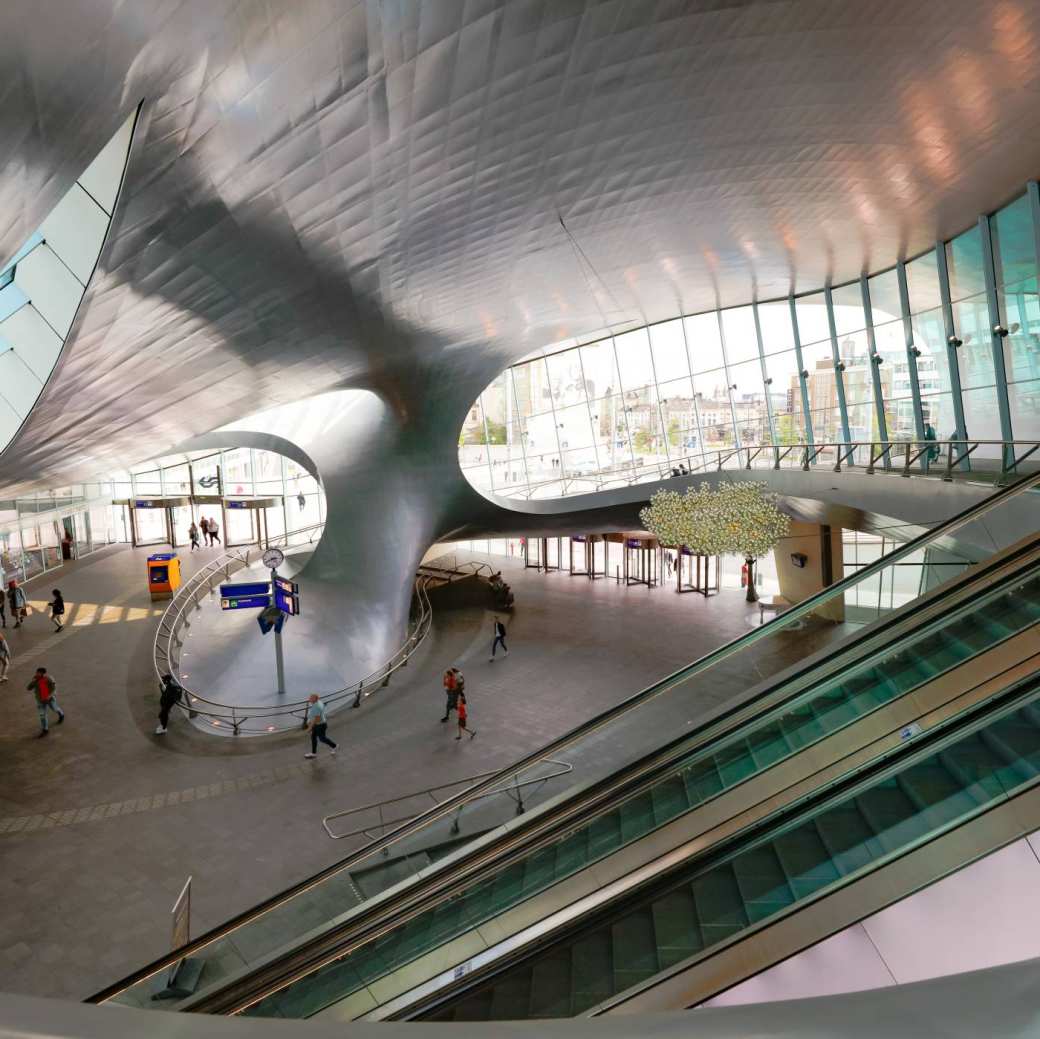Dutch Architecture
Here, you learn about Dutch architecture. How to sketch and model your own buildings. See the flaws. And the possibilities. Learn to analyze urban planning. See how your designs can fit into that context. Take the next steps. And more.

The program in a nutshell
Your classes and workshops take place on Monday, Tuesday, Friday and Saturday. Wednesday is reserved for excursions and guest lectures. You take in the history of modern Dutch architecture. Get a feel for drafting skills. Improve your planning methods. Learn to use specific software.
Throughout the program, you give design presentations. Work on building projects. Individually and in small groups.

Program details
Learning outcomes
This report shows what you’ve learned by the end of the program. Having completed Dutch Architecture you can:
- show hands-on experience in modern Dutch architecture
- reflect, think, talk and write about Dutch architecture
- explore various design, visualization tools
- analyze dynamics during the design process
- communicate about your product with professionals

Competences
You strengthen these competence areas during the program:
- Formulate a project definition
- Draft, assess alternatives to various design phases
- Prepare project data for a permit application
- Organize contract formation
- Evaluate, give feedback on project data
- Manage buildings
- Execute planned, project-based work
- Work in multidisciplinary groups
- Communicate effectively

Dutch way of learning
The atmosphere in a Dutch classroom is quite informal and your lecturers are easy to talk to. In fact, at HAN you’re seen as a partner in the learning process. Class sizes are small and your lecturers encourage you to actively participate in class. To ask questions and give your own opinion. They also stimulate you to be creative and to discover things for yourself.

HAN International Intro
Get a good start to your studies during this week of orientation:
- learn about living in the Netherlands
- become familiar with the campus
- get on board with your exchange program
- make new friends!

What about credits and grading?
At HAN we use the European Credit Transfer and Accumulation System, or ECTS. It’s the standard credit system used in higher education across Europe. How does it work? One credit = 28 hours of study. Think of contact hours. Time spent working on assignments. Preparing for exams.
One semester = 30 credits = 840 hours of study. To earn credits, you need to pass your exams. What counts as a pass? A grade of at least 5.5.

Admission
What are the admission requirements? And how do I apply?
